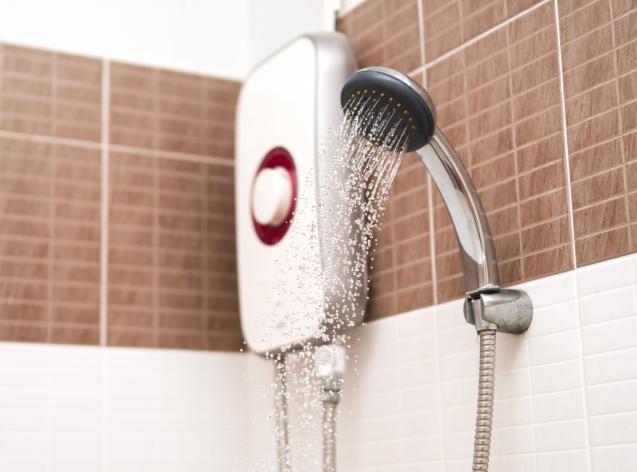
Key Elements That Influence Plumbing Expenses in Australia
1. Type of Plumbing Service Required
The type of plumbing service required is a major determinant of the overall cost. Emergency and non-emergency services present the most evident distinction. Emergency plumbing services, such as those needed for burst pipes or serious leaks, typically attract higher charges due to the urgency and the need for immediate response, often outside regular hours.
Common types of plumbing services range from simple tasks such as fixing leaky faucets to more complex jobs like installing new pipes or replacing an entire plumbing system. For instance, minor repairs might cost significantly less than a bathroom renovation or a sewer line replacement, which are more labour-intensive and complex.
The complexity of the job directly impacts the pricing as it involves more time and specialised skills. Moreover, seasonal trends can also affect service charges. During colder months, issues such as frozen pipes become common, potentially leading to an increase in service demand and costs.
2. Geographic Location
Geographic location plays a significant role in influencing plumbing costs. In urban areas, the abundance of skilled plumbers often results in competitive pricing. However, this can vary; well-established plumbers in cities may charge a premium for their experience and reputation.
Rural areas may experience higher costs due to the scarcity of local professionals. Additionally, travel expenses for plumbers operating from distant urban centres can further escalate charges. Local market competition is, therefore, a vital aspect when considering plumbing expenses.
Material availability is another factor where geographic variation comes into play. Urban areas generally have better access to a wider range of plumbing materials, potentially at lower costs due to economies of scale. Conversely, rural locations may face higher material costs due to limited supply and increased transportation expenses.
Location-specific regulations and standards can also affect plumbing costs. Different regions may have varying building codes and compliance requirements, necessitating specific materials or methods that could increase overall expenses.
3. Quality of Materials Used
The quality of materials utilised in plumbing projects significantly influences the cost. There is a wide range of material options available, each varying in price and durability. High-quality materials, while initially more expensive, often provide long-term benefits in terms of durability and reduced maintenance costs.
For instance, copper piping is generally more expensive than PVC but is highly durable and long-lasting. Choosing high-quality fixtures and fittings can drive up the upfront cost but potentially reduce future repair costs and extend the lifespan of the plumbing system.
A typical cost comparison for common plumbing fixtures can illustrate this further. Basic fixtures might be cheaper but could require more frequent replacements. In contrast, premium fixtures offer superior quality and longevity. Given global supply chain issues, the prices of materials can fluctuate, impacting overall plumbing costs.
4. Labor Costs
Labour costs are another pivotal factor in plumbing expenses. These can vary widely based on the region. Metropolitan areas, where the cost of living is generally higher, often witness elevated labour charges compared to rural locales.
The experience and certifications of the plumber also play a critical role in pricing. More experienced and certified plumbers might charge a premium for their expertise. However, their proficiency often ensures quality work, potentially saving costs in the long run due to fewer errors and rework requirements.
The timing of the service can impact labour charges significantly. Services rendered outside regular hours, during weekends or public holidays, usually command higher rates due to the inconvenience and effort required.
It is always prudent to obtain multiple quotes to understand labour cost variability. By doing so, one can make an informed decision that balances cost and quality.
5. Additional Fees and Hidden Costs
Several additional fees and hidden costs can surface during plumbing projects, which might not be immediately apparent. Call-out charges are common, especially for emergency services or visits outside normal operating hours. Inspection fees may also apply when plumbers need to assess the situation before commencing work.
Unexpected expenses can arise during a job, such as finding more extensive damage or the need for additional repairs. Older plumbing systems, in particular, might necessitate more thorough work, increasing costs. For instance, outdated pipes might need complete replacement rather than simple repairs, thereby escalating the overall expense.
To avoid hidden costs, it is advisable to obtain comprehensive quotes that outline all potential fees and charges upfront. Clear communication with the plumber about what is included in the quote can help mitigate the risk of unexpected financial surprises.
Conclusion
Various factors influence plumbing costs in Australia, ranging from the type of service and geographic location to the quality of materials used and labour fees. Understanding these elements is essential for making informed decisions and ensuring effective budget management. Detailed quotes and transparent communication with plumbers can help avoid unforeseen costs and achieve better financial control. By considering these key factors, it is possible to make cost-effective choices without compromising on quality and reliability.



